The Independence Palace, Notre-Dame Cathedral, Central Post Office, and Ben Thanh Market are more than just iconic buildings in HCM City. These historic structures are also witnesses to the city's evolution, helping define its rich and diverse urban landscape.


The Independence Palace, formerly known as Norodom Palace and now called Reunification Hall, was built between 1868 and 1871. In July 1962, the palace was rebuilt on the same site based on the design by architect Ngo Viet Thu.
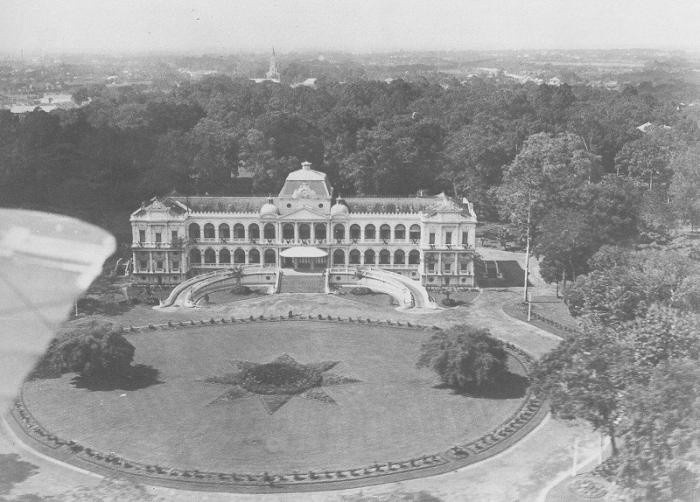
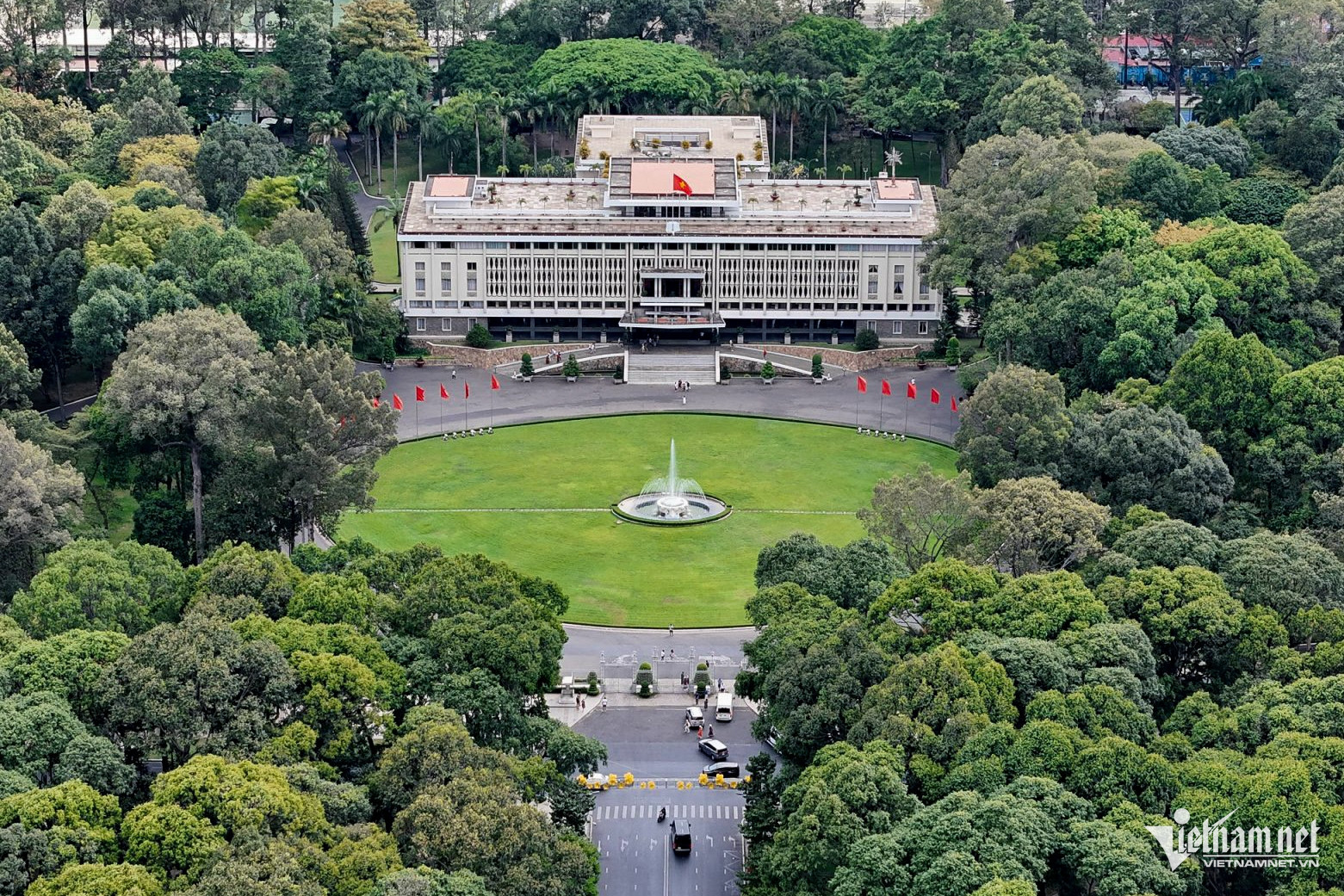
In 1976, it was recognized as a national special relic. Today, it serves both as a major historical attraction and a venue for state meetings and receptions.


The Ho Chi Minh City People's Committee headquarters on Nguyen Hue Street (District 1) was built between 1898 and 1909 by architect Femand Gardès. Its design was inspired by bell towers in northern France, while the decorative elements were created by painter-sculptor Ruffier.
Under French colonial rule, it was known as the Hôtel de Ville (City Hall), and before 1975, it was called the Saigon Municipal Palace. In 2020, it was recognized as a national architectural heritage site by the Ministry of Culture, Sports and Tourism.
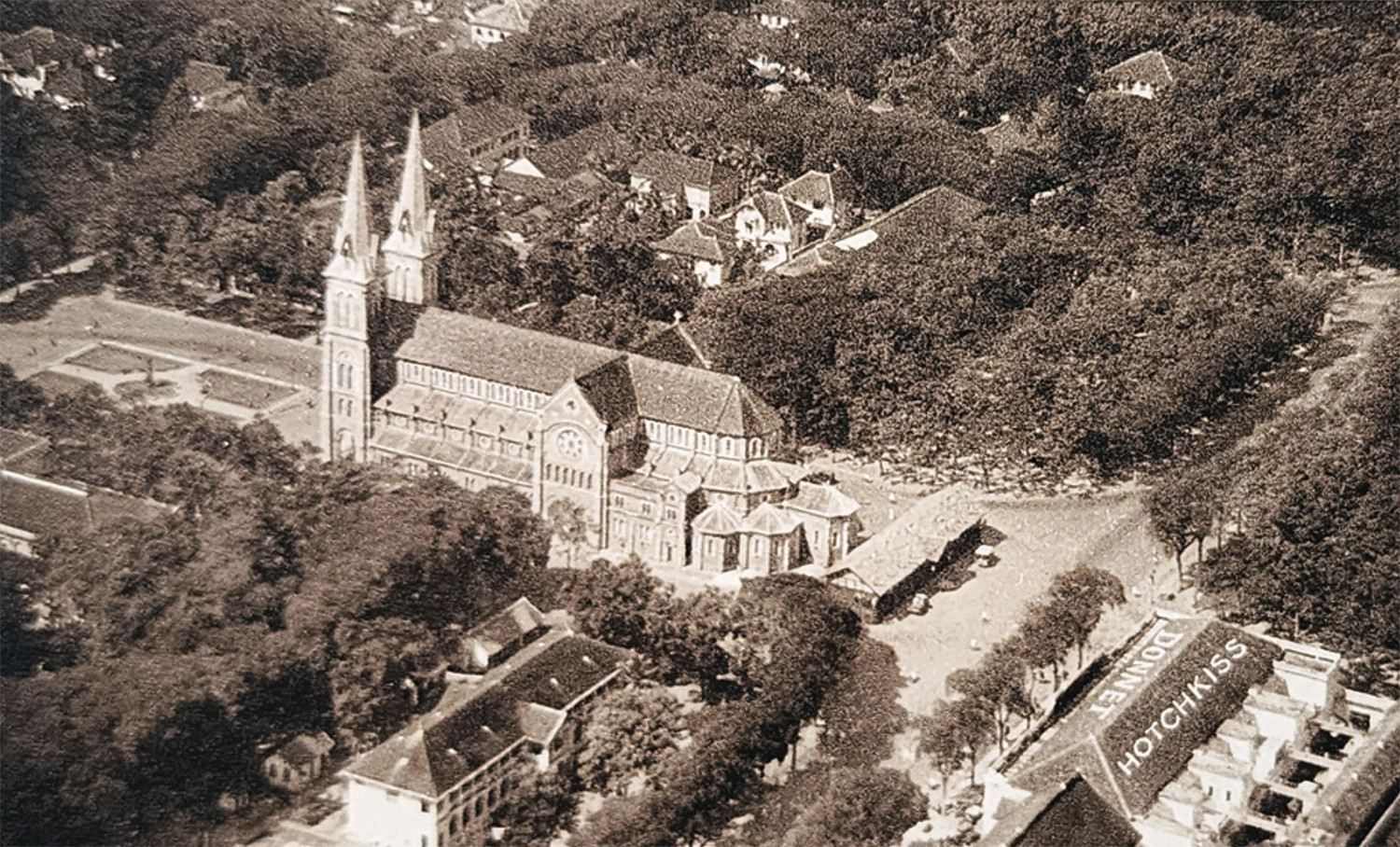

Notre-Dame Cathedral (District 1) was built in 1877 and completed in 1880. In 1959, the Vatican elevated it to the status of a minor basilica.
Designed by French architect J. Bourard, this striking landmark was constructed entirely from materials imported from France, including cement, steel, and even screws. Restoration began in July 2017, with a projected cost of over VND 140 billion (about USD 5.6 million), and is expected to be completed in 2027.
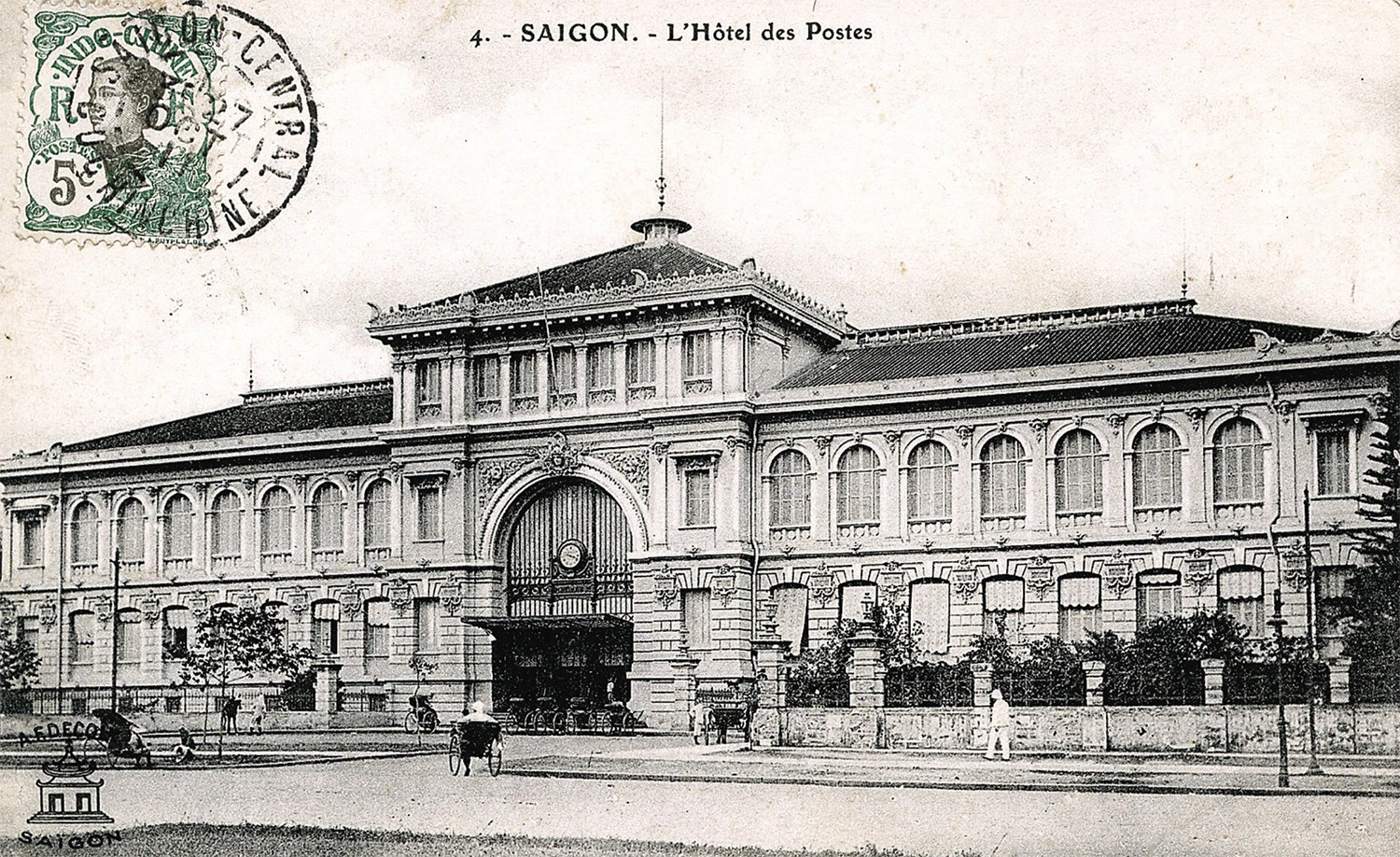
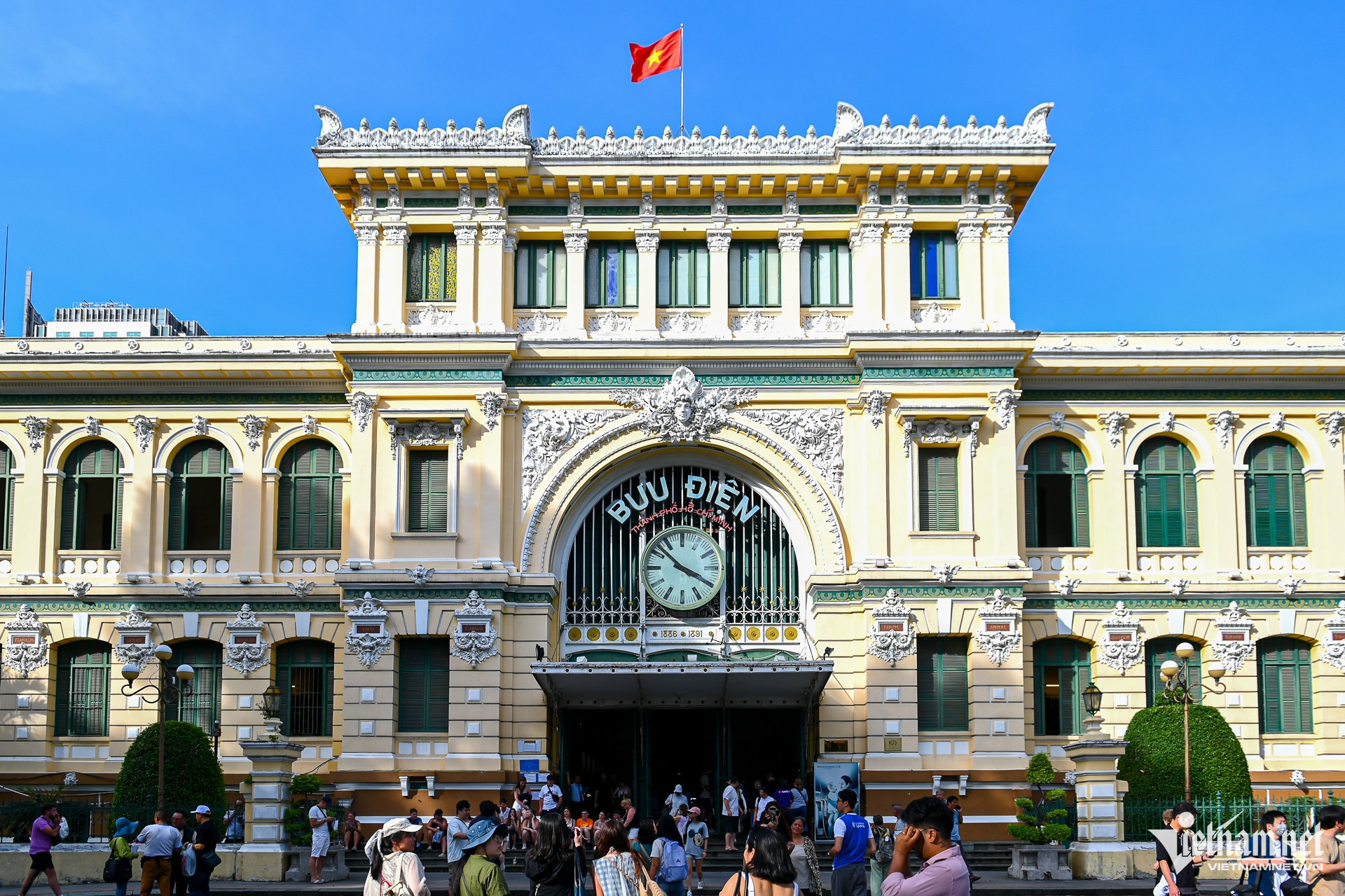
Adjacent to the cathedral is the Central Post Office, constructed between 1886 and 1891. Designed in the shape of a T, the central block has three floors, flanked by two-story wings in a well-balanced, solid layout.

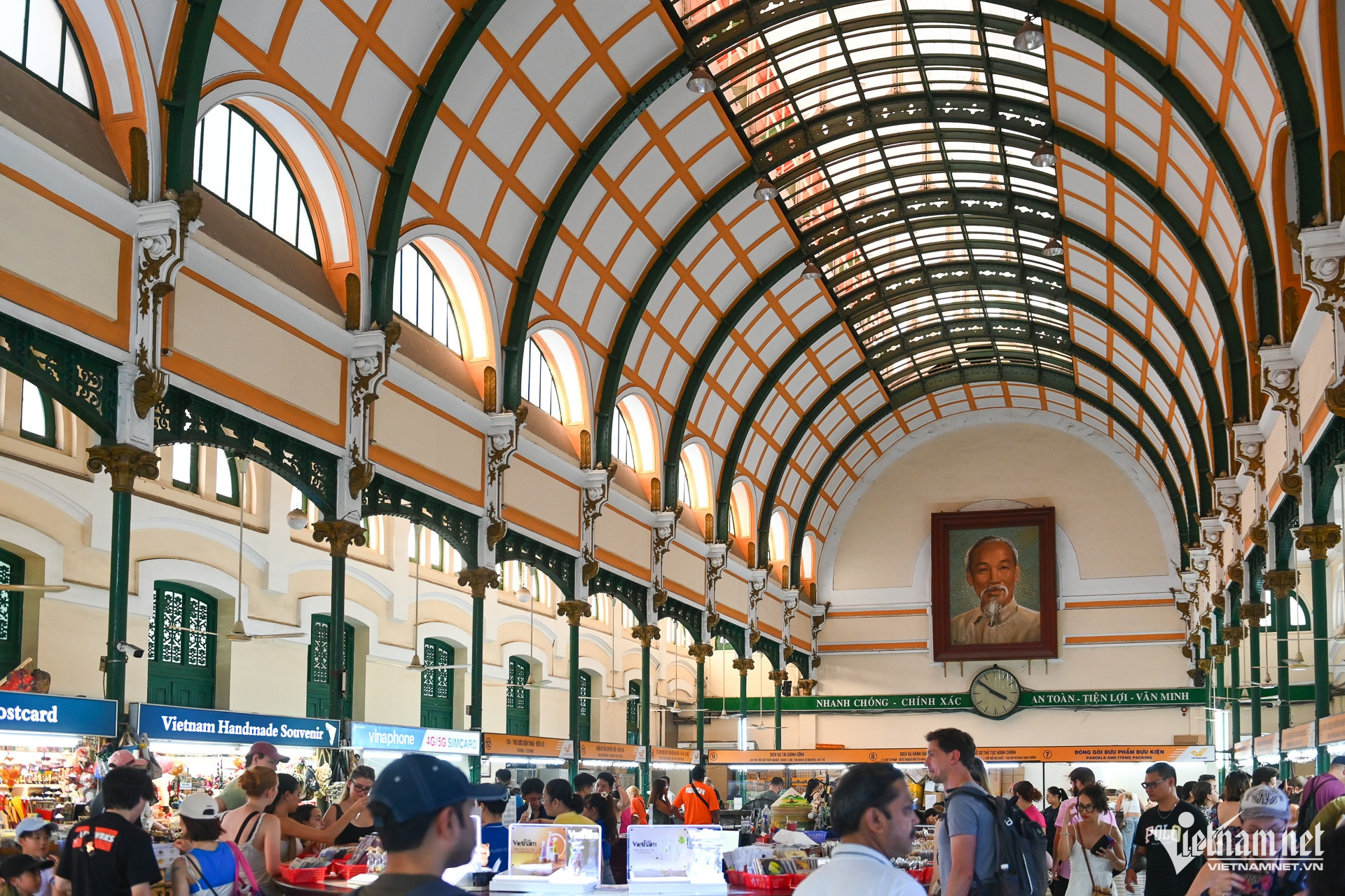

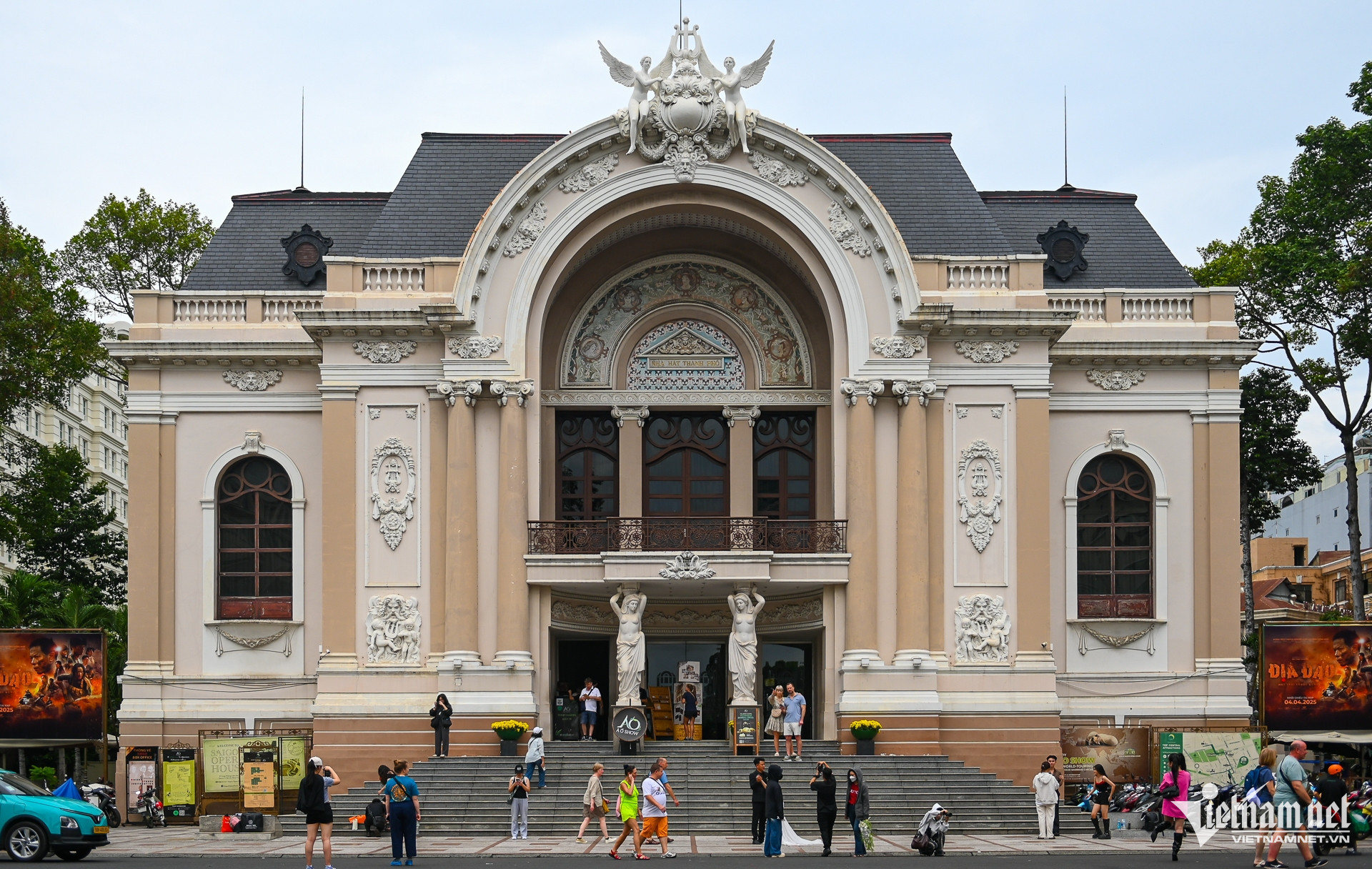
It was designed and built by a group of French architects, including Félix Olivier, Eugène Ferret, and Ernest Guichard, in 1898. All exterior and interior details were modeled after contemporary French theaters. The building underwent major renovations in 1998 to celebrate Saigon’s 300th anniversary and again in 2023 at a cost of VND 337 billion (about USD 13.5 million).

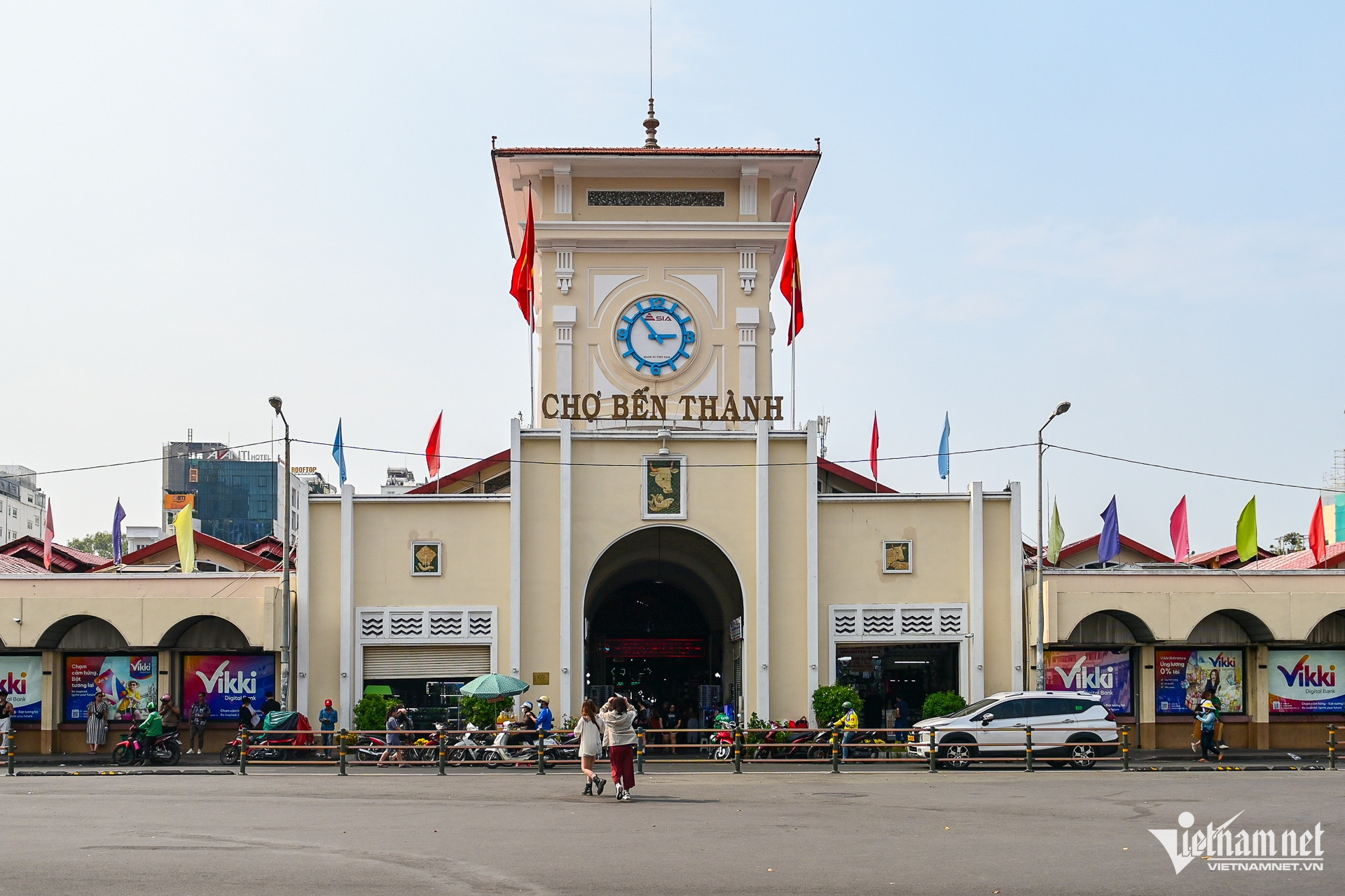
Ben Thanh Market (District 1) predates the French arrival in Gia Dinh. In 1911, the French authorities decided to relocate the market to its current site, which was then a muddy swamp. Construction began in 1912 and was completed in March 1914. Today, it remains one of the city’s most popular tourist attractions.




According to historian Vuong Hong Sen, the building was topped with a pair of green-glazed ceramic dragons arranged in the traditional “twin dragons flanking the moon” motif - hence the name “Nha Rong” (Dragon Wharf).
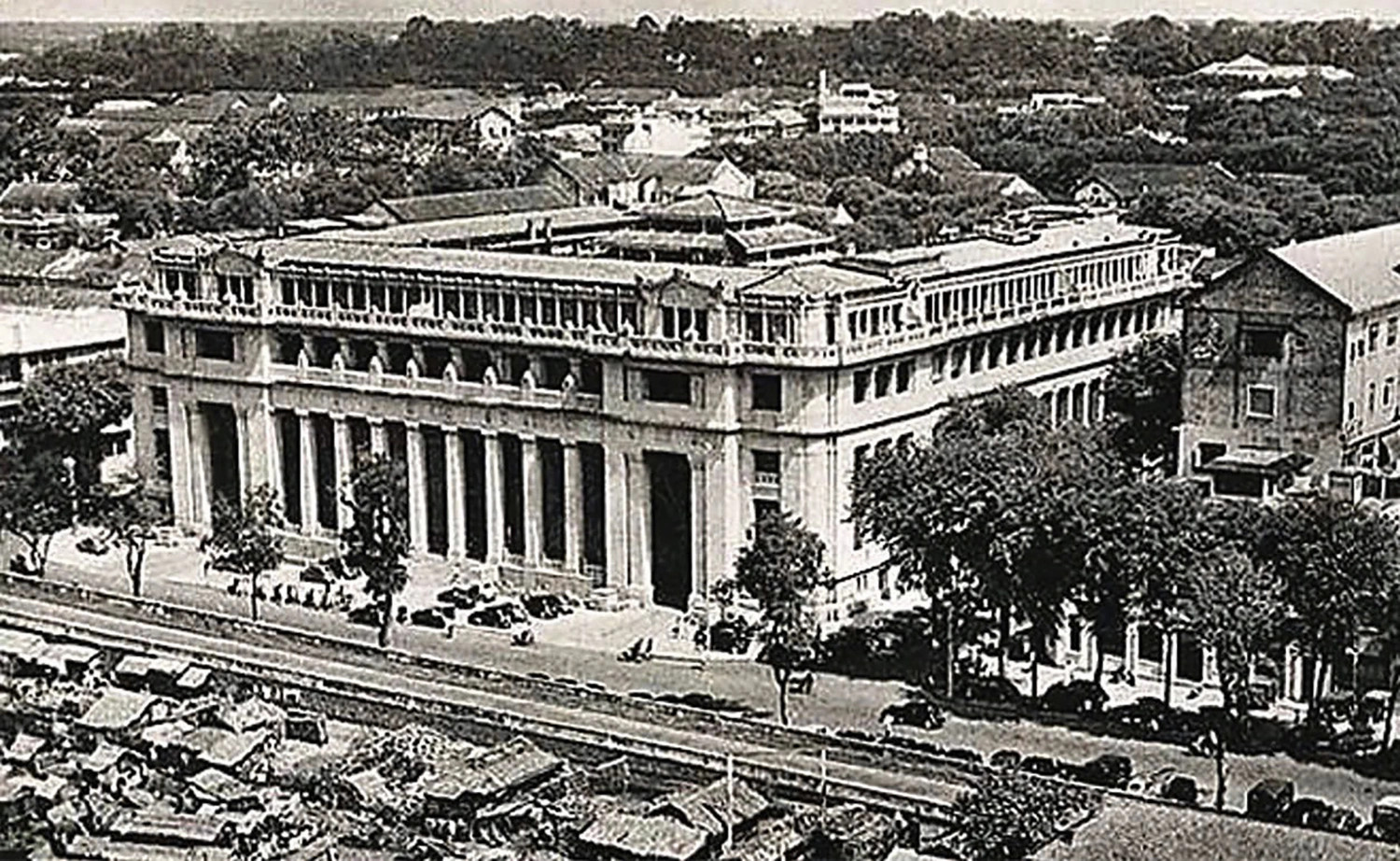
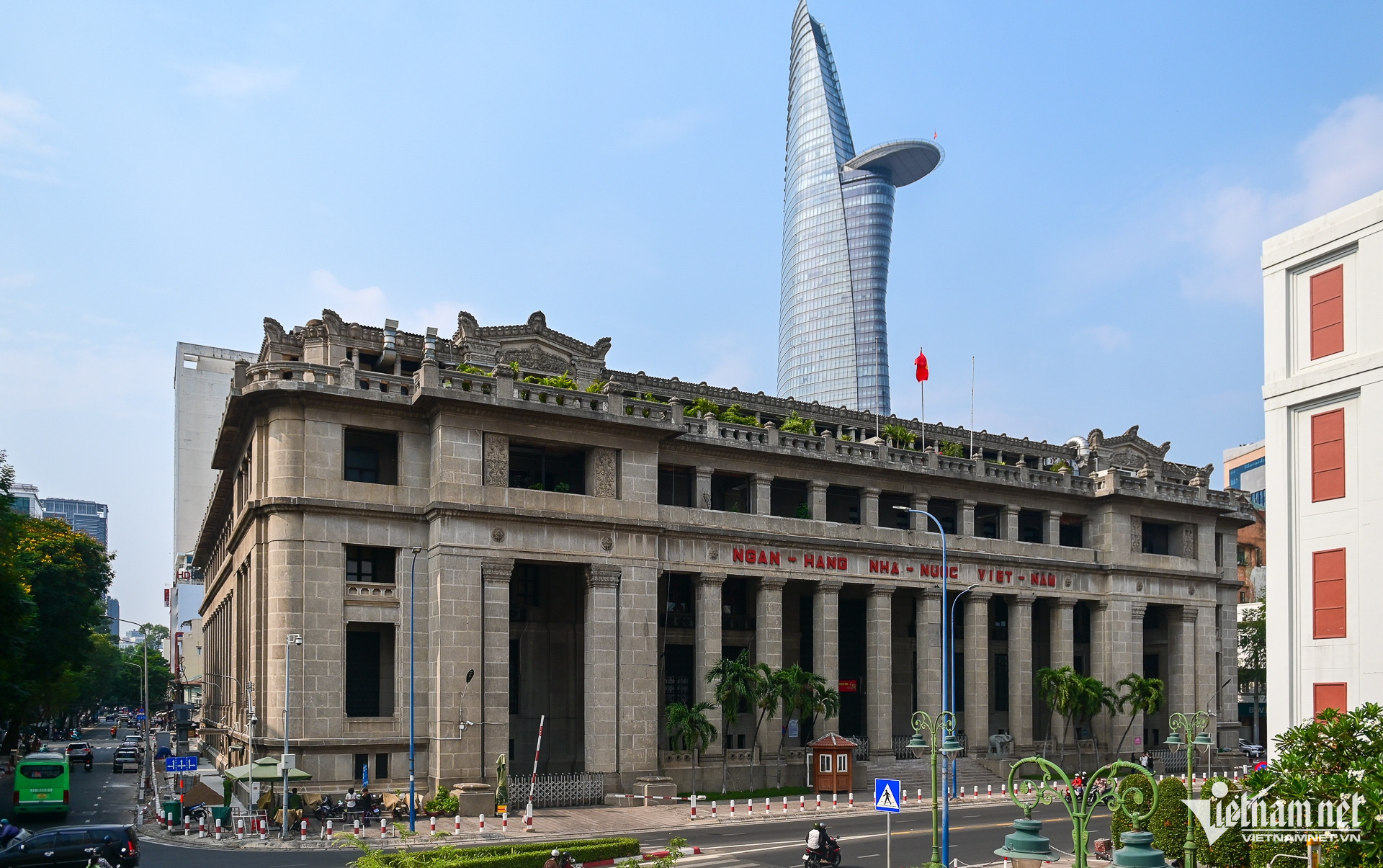
The building’s architecture is unique, blending European styles with Cham and Khmer elements, reflected in its façades, columns, iron railings, corridors, balconies, and roof details.

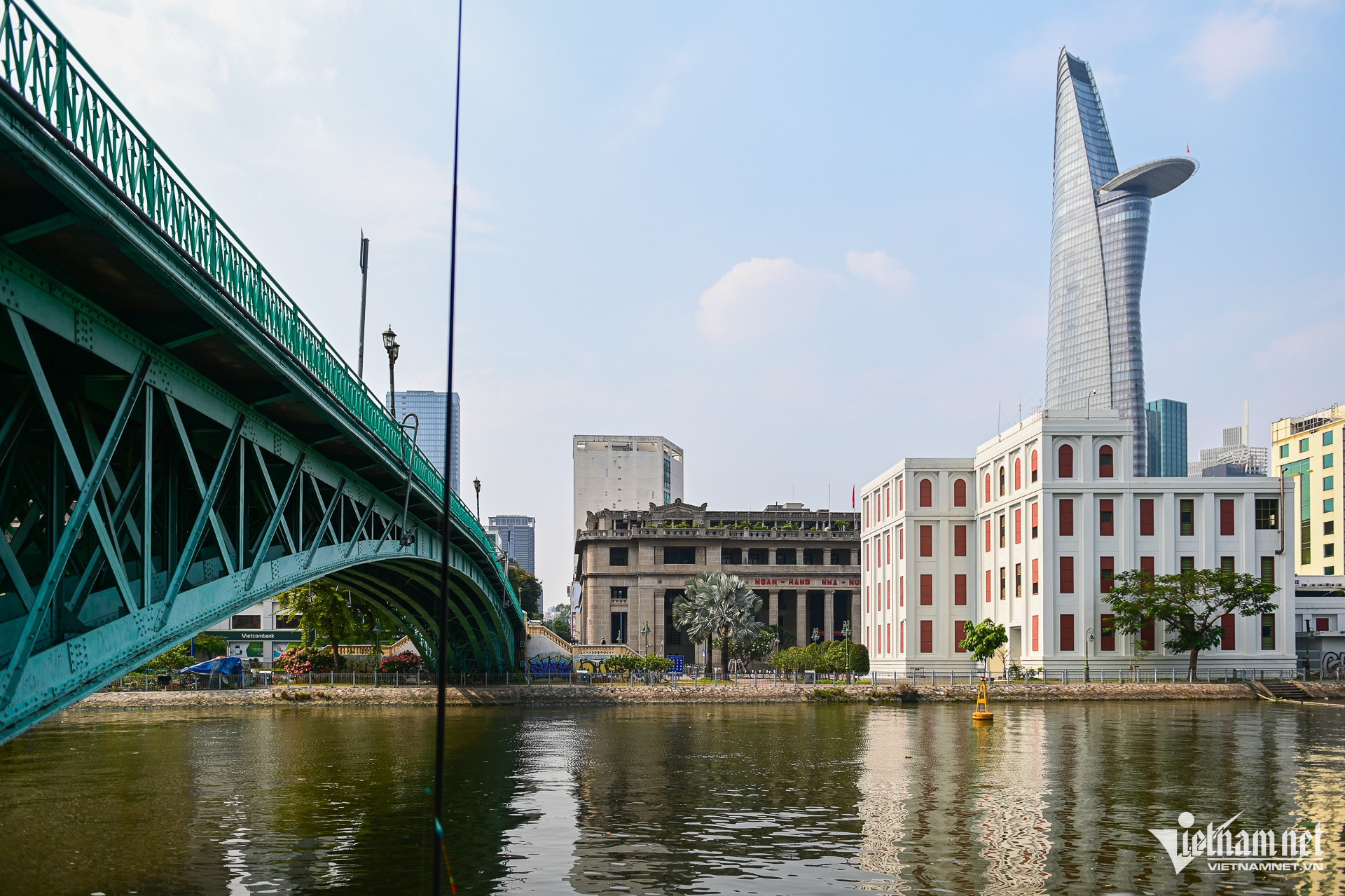

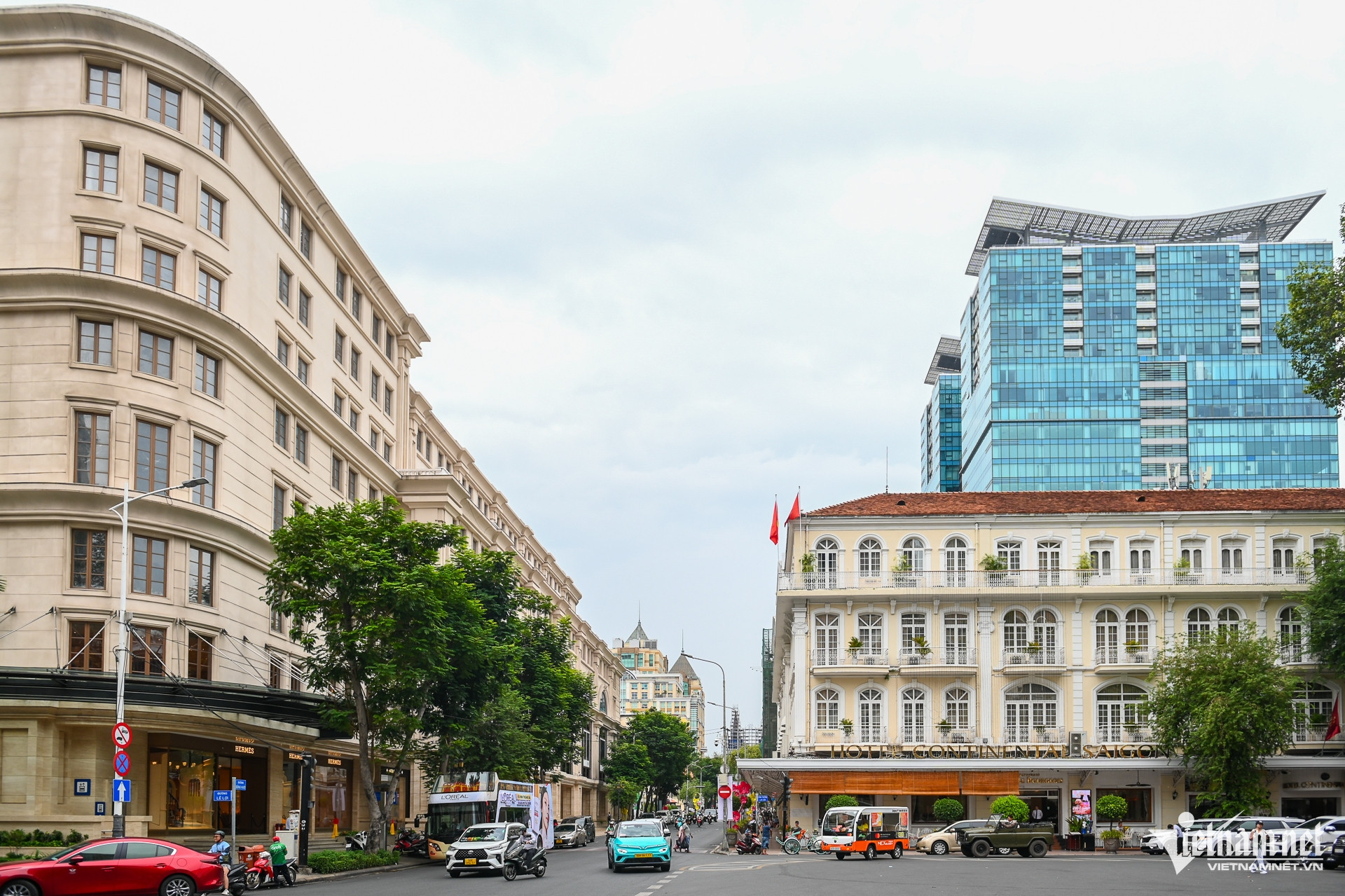
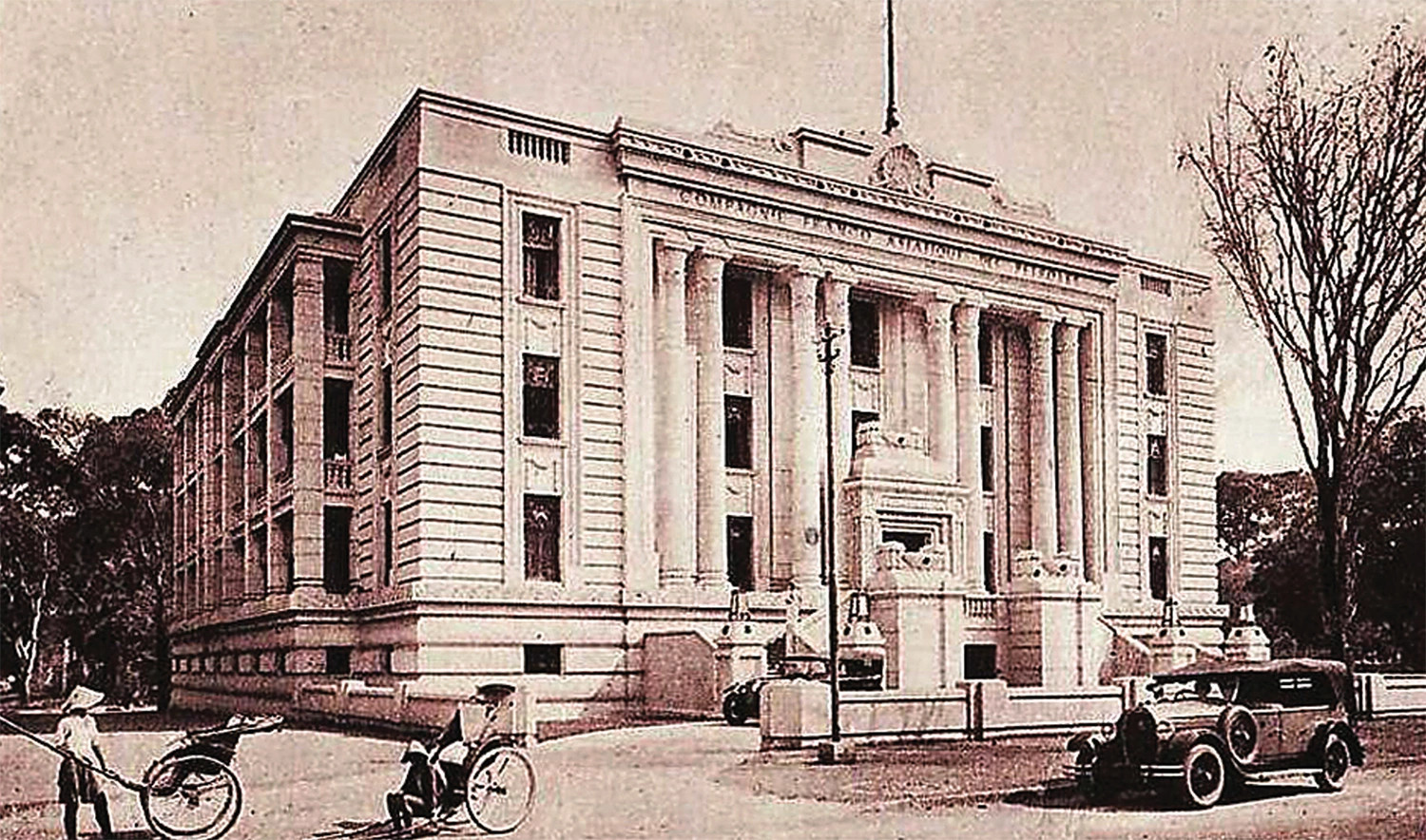
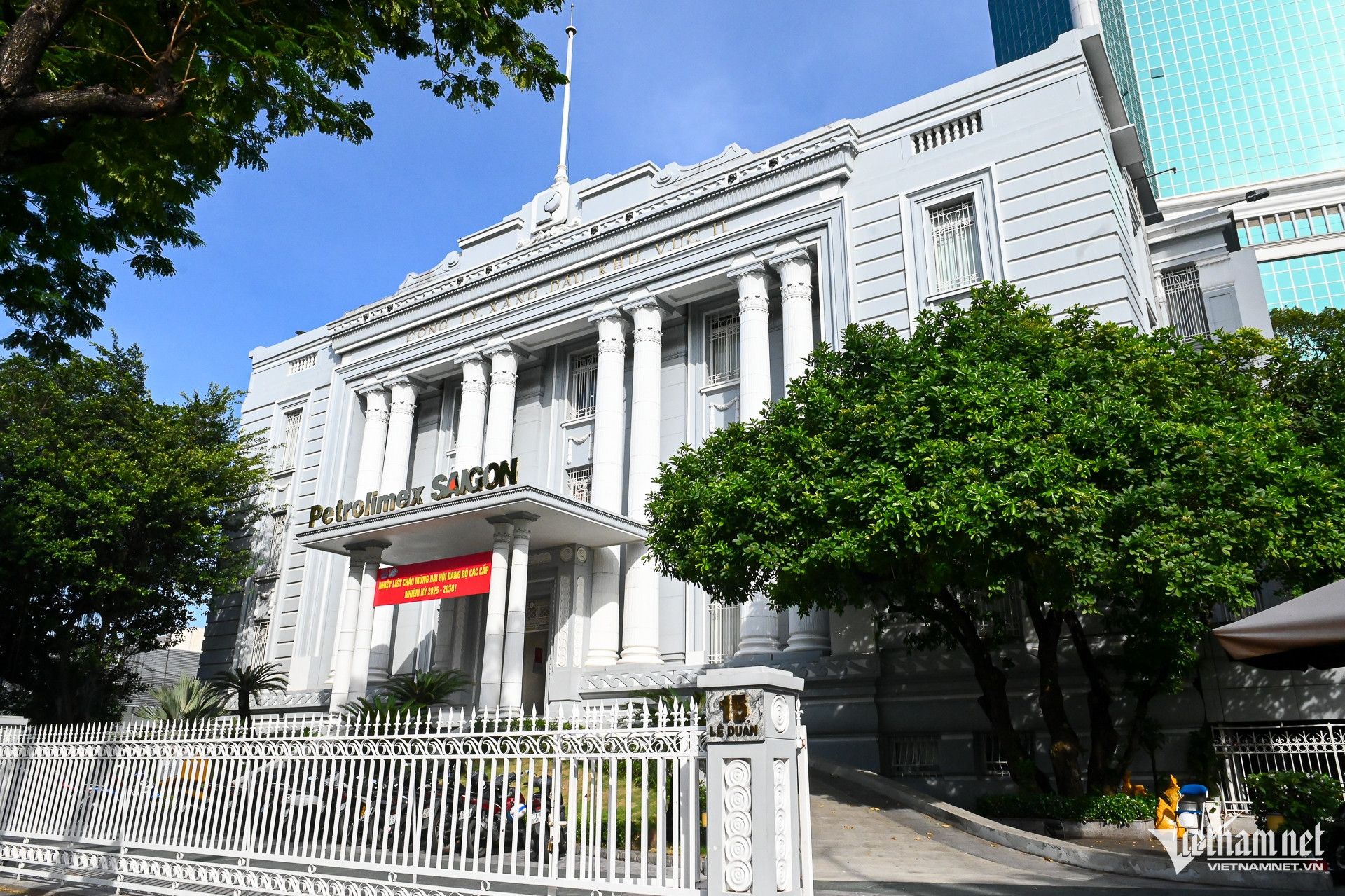
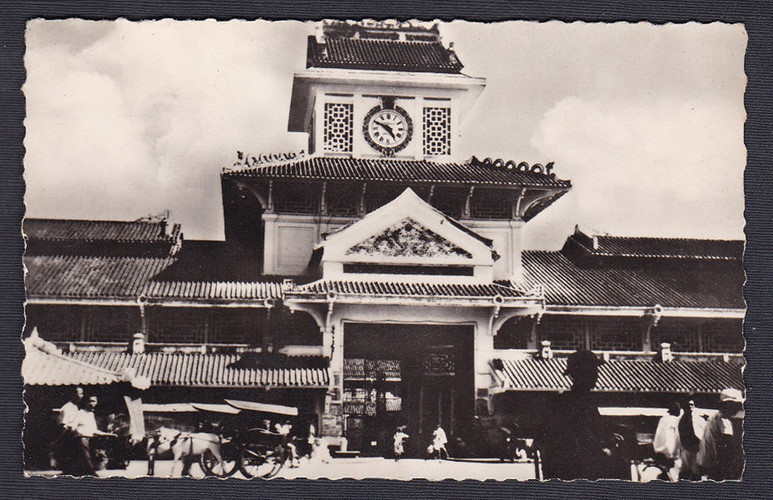

Nguyen Hue